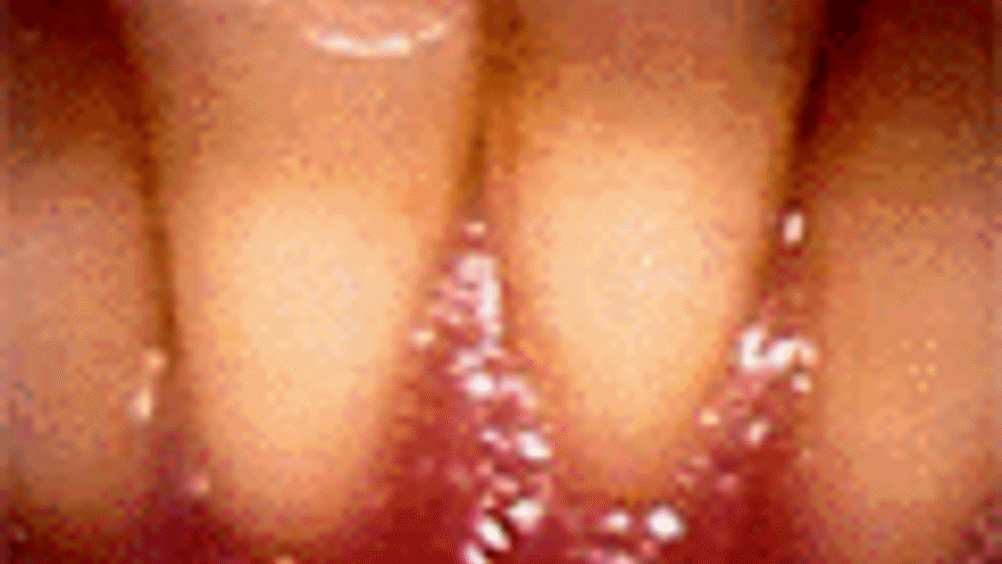Mending molars
Creating tiny spheres of a ceramic material called hydroxyapatite could be a long term solution or cure for sensitive teeth.

Nanospheres could help dentists fill the tiny holes in our teeth that make them incredibly sensitive, and that cause severe pain for millions of adults and children worldwide.
Preliminary research presented today at the
Sensitive teeth or 'dental hypersensitivity' is a condition that arises when the dentine of the tooth is exposed. The dentine is made up of thousands of tiny fluid-filled channels which radiate outwards from the nerve endings at the centre of the tooth. Heat, some chemicals, and physical contact can cause the fluid in these channels to move, in or out, triggering the nerve endings and causing sharp pain.
If these channels, known as tubules, are fully or partially blocked, the flow can be reduced and the pain stopped or significantly reduced. Currently, the only way to treat this condition is through good dental hygiene, using special toothpastes and fluorine mouthwashes which encourage re-mineralisation of the dentine coating.
Register now to continue reading
Thanks for visiting The Engineer. You’ve now reached your monthly limit of news stories. Register for free to unlock unlimited access to all of our news coverage, as well as premium content including opinion, in-depth features and special reports.
Benefits of registering
-
In-depth insights and coverage of key emerging trends
-
Unrestricted access to special reports throughout the year
-
Daily technology news delivered straight to your inbox










Pipebots Transforming Water Pipe Leak Detection and Repair
Fantastic application.